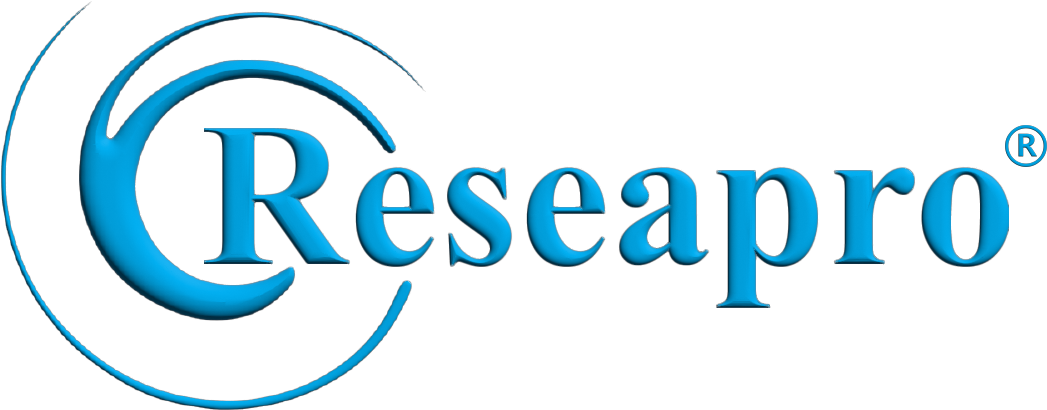Transgene: It is considered to be a gene or a genetic material of interest that is transferred from one organism to another, either naturally or by artificial transformation methods.
Methods involved in transgenics:
Transformation techniques: The transformational methods can be of different types, i.e., direct or indirect.
Some of the widely used direct transformation methods are microinjection, electron gun, electroporation (physical methods); calcium phosphate method, liposome-mediated transfer method (chemical methods), etc.
Indirect transformation methods are also known as vector-mediated gene transfer methods. The major biological vectors involved are Agrobacterium tumefaciens, viruses (for e.g., CaMV virus), etc.
Genome editing: As the name suggests, part of a genome is edited, i.e., either any sequence is inserted, or deleted or replaced by any other desired sequence, with the help of restriction enzymes (also termed as molecular scissors).
Value addition properties of the transgenic process:
- It has ensured enhanced yields to the farming community, in quantitative terms, by introducing various superior crop varieties, that upholds various high performance qualities like insect or pest resistance, herbicide resistance, resistance to various other biotic stresses, as well as resistance to various abiotic stresses like drought, salinity, flood, temperature imbalance, etc.
- The above resistance in the crops has also led to an improvement in the crop quality.
- Transgenics have been a boon, not only in the field of agriculture, but also in other fields like aquaculture, sericulture, horticulture, etc., through an increase in the productivity and quality of the resembled products.
- Transgenics have opened up the world market for various commercial products obtained through genetic manipulation. For e.g., Flavr Savr tomato, the first ever genetically engineered crop product to be marketed and commercialized by a California-based company, Calgene, which succeeded in introducing an antisense gene that interfered in the production of the fruit ripening enzyme (Polygalacturonase enzyme).
- One of the landmark achievements of the transgenic technique was the introduction of the gene therapy. The technique aimed at treating a disease in a patient, those who experienced low concentration of any of the metabolically important protein or enzyme production. The introduced gene in the patient leads to altered functions of the genetic material, but in a productive way, only in relation to the disease.
- Transgenic methodology has brought about a revolutionary change in the field of medical science by prologue of various therapeutic methods, which involve the development of modern vaccination techniques, new and more efficient vaccines for various untreated diseases, production of antibodies from various biological vectors (microorganisms as well as plants), production of monoclonal antibodies by hybridoma technology, and the production of certain other important drugs used in treating genetic diseases.
- The field of transgenics has been considered important for the researchers and scientists, giving them an ample opportunity for creating substantive and commercially important products, which would meet the demands of the overgrowing world population.
Apart from all these advantages, the mounting costs of the products are making it less appealing, for both the researchers and the customers who tend to buy it. Even certain ethical issues, related to the genetically engineered food products are preventing its market exposure and availability.



